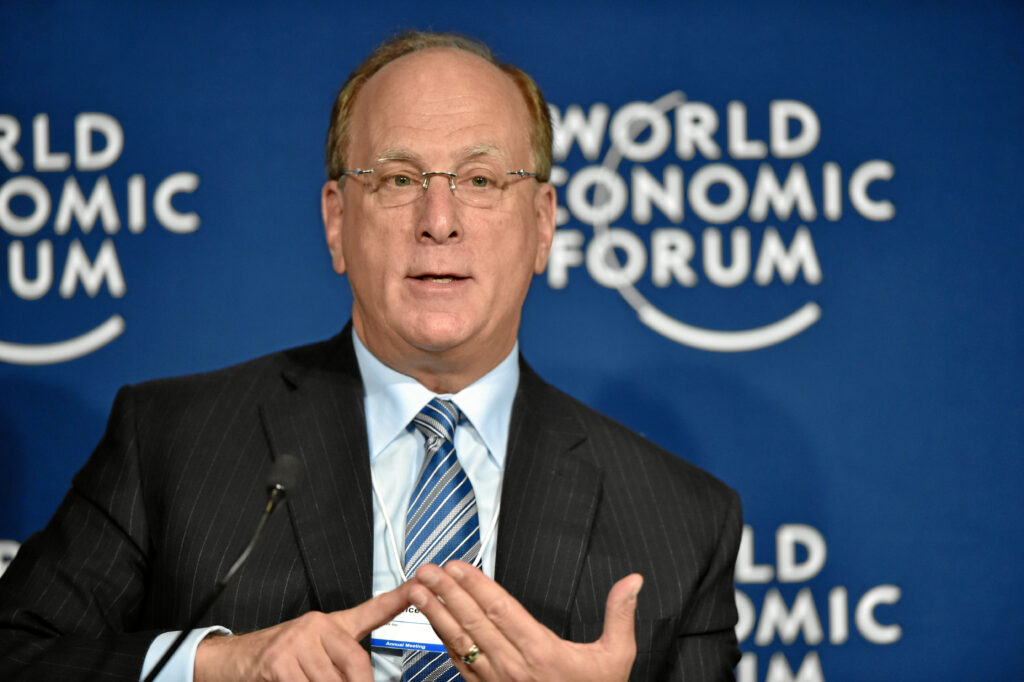Economic growth in 2023 far exceeded economists’ expectations. Has the Federal Reserve engineered a “soft landing” while reducing inflation? And is the economy as strong as the Biden Administration insists that growth number demonstrates?
Real GDP growth in the fourth quarter was 3.3 percent, putting growth for the year at 2.5 percent. The latest quarterly figure may still be revised but any adjustment is unlikely to alter 2023’s growth by more than a few tenths of a percentage point.
I do not make economic forecasts and try to avoid prognostications. But the Blue Chip Economic Forecast called for -0.1% growth and Bloomberg Economics said a recession was 100 percent likely. We are making weather forecasters look good here!
The 2023 forecasts may reflect economists’ continued reliance on the Phillips Curve. The Phillips Curve demonstrates a tradeoff between inflation and unemployment and implies that reducing inflation will increase unemployment and trigger a recession.
Many objections to a stable Phillips Curve have been advanced. The Curve is now seen as only a short run tradeoff and then perhaps only for unanticipated changes in inflation. Fed Chair Jerome Powell belatedly committed to controlling inflation, so 2023’s lower inflation rate was not unexpected. Perhaps only economists’ continuing to believe in the Phillips Curve were surprised by the growth.
But does 2.5 percent growth accurately reflect improvement in living standards? The Committee to Unleash Prosperity observes that government spending drove GDP growth more than the private sector in 2023. First a definitional note. Only government purchases of goods and services count in GDP, not transfer spending, which contribute to GDP when spent by the recipients.
Government accounted for 19 percent of 2023’s GDP growth versus 17 percent in 2022. Why might this matter? GDP values private spending at market prices but government spending at cost. Every purchase of cars, beds, or food provides value to a consumer at least equal to the purchase price. One million government dollars spent on slow, rarely used EV charging stations adds $1 million to GDP but perhaps only $400,000 of value.
Government activity can distort economic statistics in two other ways. Government hiring is increasingly driving the strong labor market. The economy added 2.02 million private sector and 672,000 government jobs in 2023, or 3 new private sector jobs for every new government job. In 2022 the private sector added 16 jobs for every new government job. Every private sector job creates value equal to the salary paid for a business whereas government jobs do not necessarily create value.
Government mandated purchases can distort GDP, but exactly how requires an explanation. California’s push for net zero involves eliminating gas powered yard tools. Suppose that before being totally banned, the state makes customers buying a gas-powered tool also buy an electric one.
Let both be priced at $100 and the gas-powered tool be worth $300 over its lifetime. The gas-powered tool generates $200 of surplus value, making it worth buying. But suppose this consumer believes the electric tool will be worth only $50. Normally the electric tool will not be purchased, but the mandate makes the tools a package deal, and the $350 total value still exceeds the $200 price.
This transaction adds $200 to GDP. But without the mandate, the second $100 would be spent on items yielding at least $100 in value. Government mandated purchases reduce consumer satisfaction but not measured GDP.
We do not (yet) have mandates to purchase electric tools. But thirty states make utilities produce or purchase electricity from renewable sources, typically wind or solar. These policies increase the price of electricity. A household spending an extra $500 on electricity as a result misses out on the value of $500 worth of food, clothes, or vacations.
We must be alert for changes in economic activity rendering our statistics less reliable measures of well-being. Government spending, hiring, and mandates reduce the connection between GDP and satisfaction. Economic growth in 2023 surprised many economists, but 2.5 percent probably overstates the growth in prosperity.
Photo by Tracy O. Creative Commons Attribution-Share Alike 2.0 Generic.





